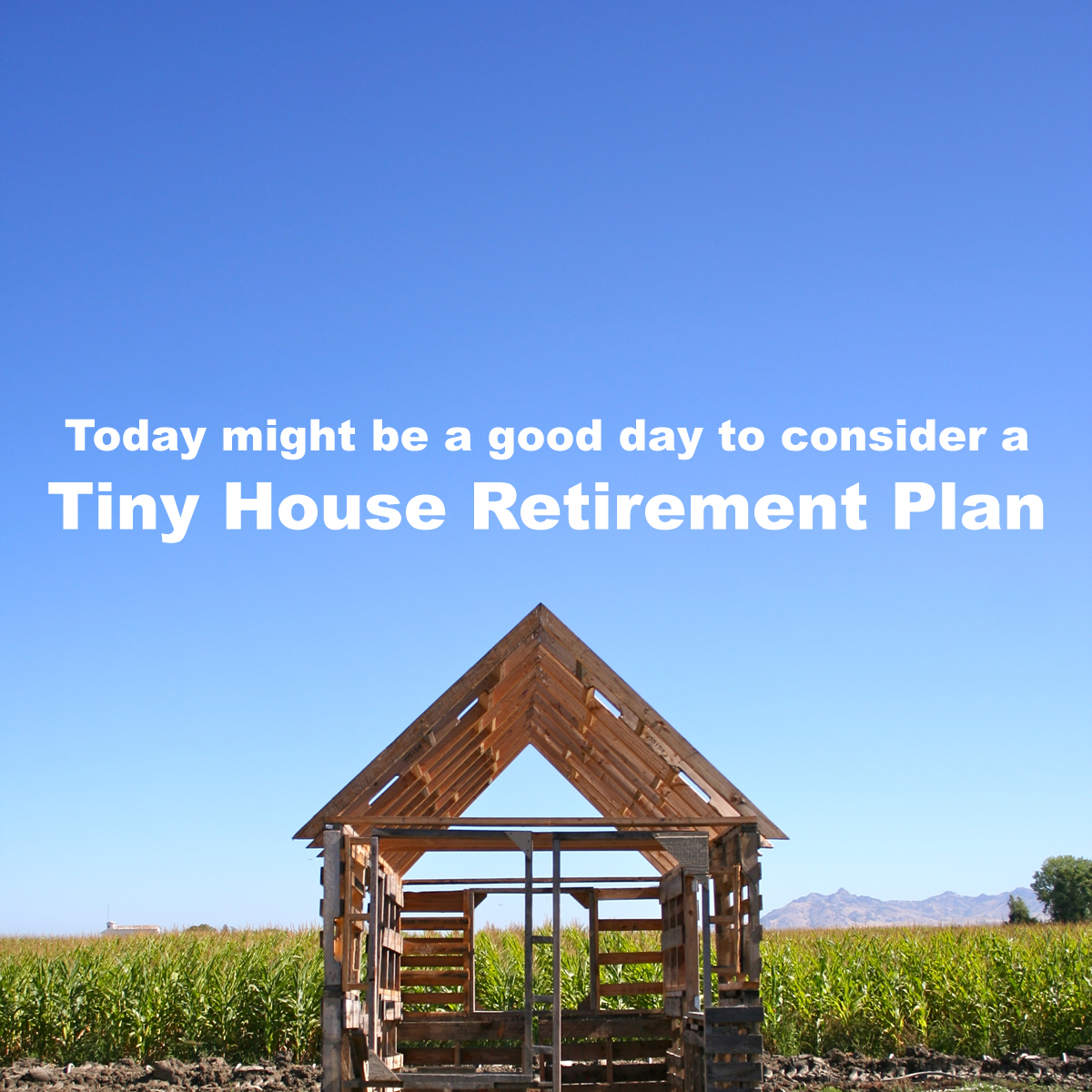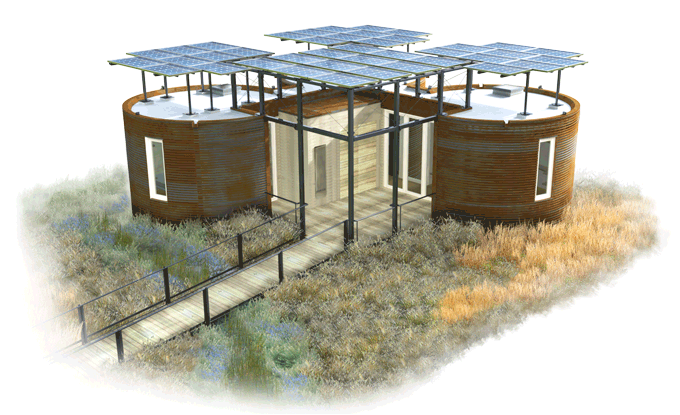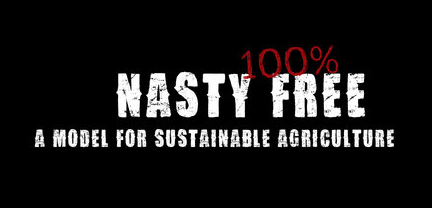7 Best BLM Camping Spots In California
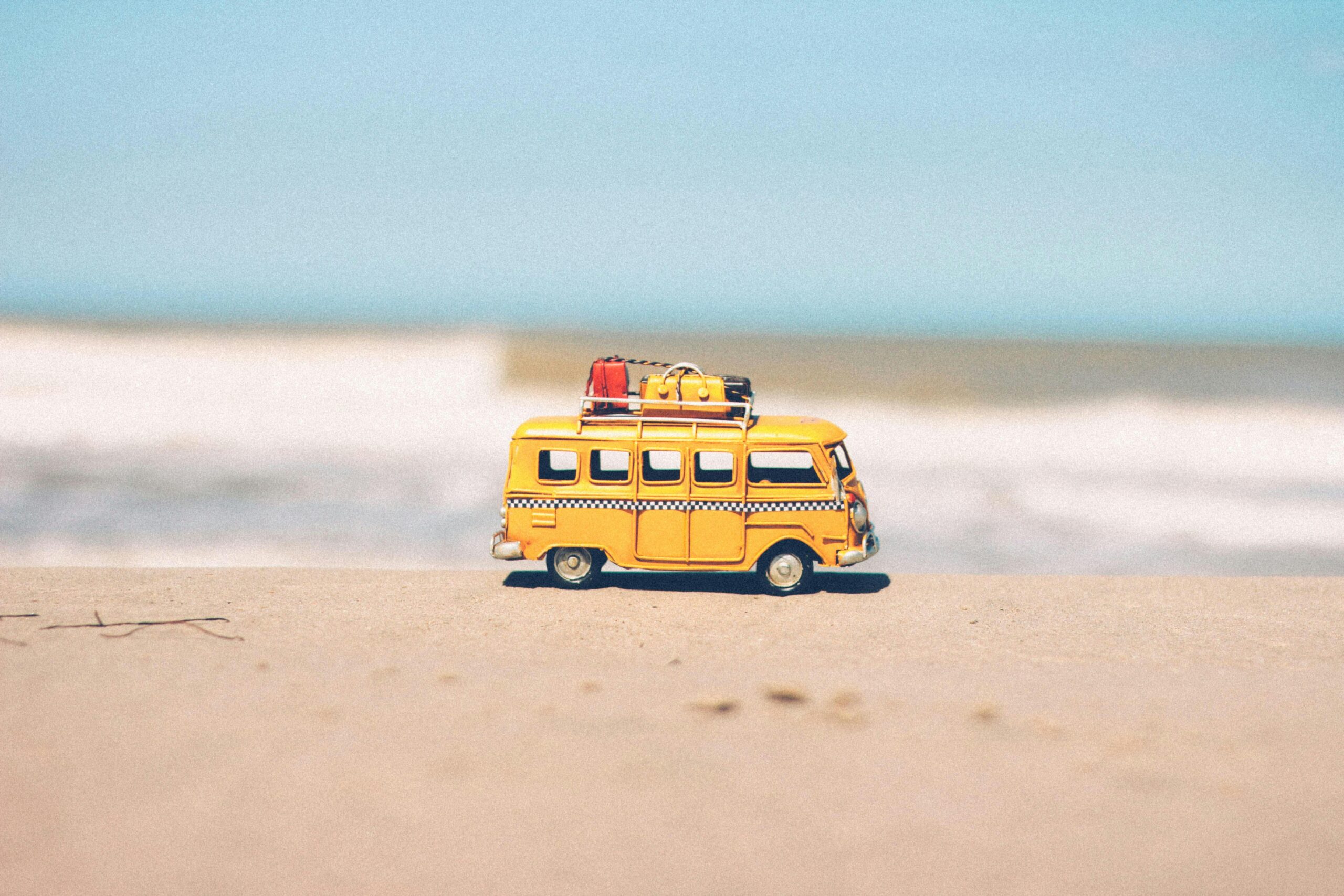
What is BLM Camping?
BLM stands for Bureau of Land Management and it refers to undeveloped 245 million acres across the Unites States that have been set aside to leave “as-is”. This land is owned and managed by the federal government and is meant to be used by the citizens for outdoor enjoyment.
You do not need any reservations or permissions in order to camp there, just pull up and set up.
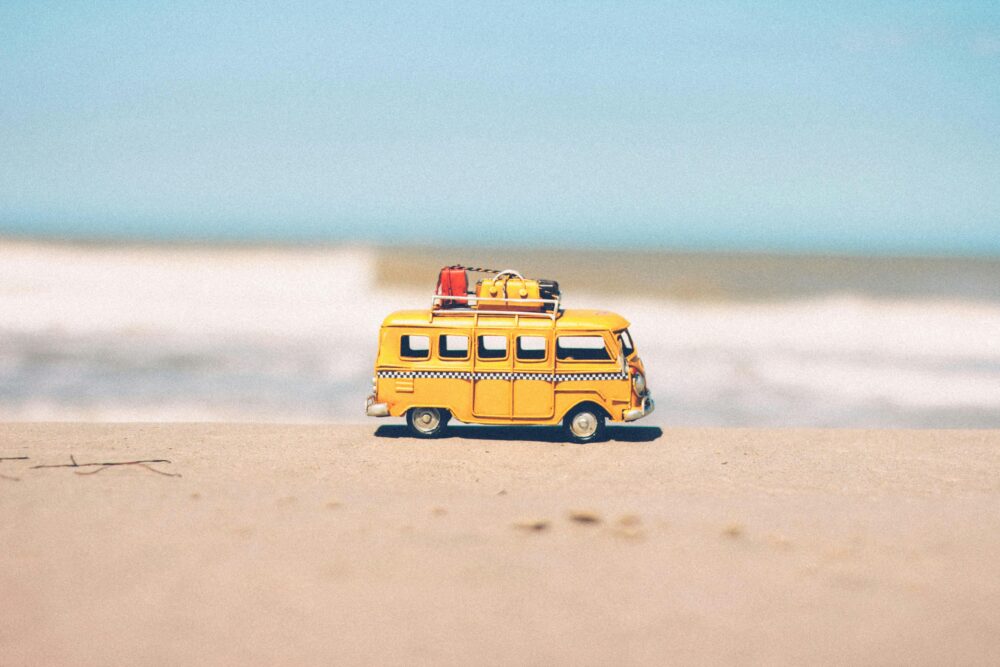
Contents
However, there are some exceptions to this. There are four different categories of BLM land: open lands (80% of BLM land), developed recreation areas, national conservation lands and wilderness areas.
Each of these categories carries specific restrictions that one must honor, with the open lands being the most “unregulated” areas. (For more info, check out: www.boondockersbible.com)
BLM camping is pretty much the same as dispersed camping, because it is boondocking on federal land. Boondocking is the term one refers to as off-grid camping without hookups, either on public or private land.
At either rate, BLM camping is off-grid camping without any hookups, so make sure you have plenty of water on board, as well as a backup source for power and a way to empty your gray and black tanks, once full.
Is BLM Camping Allowed In California?
About 15 million acres or 15% of California are BLM land. When staying on BLM grounds, you can stay up to 14 days over a period of 28 consecutive days in one place. Since staying on BLM land is considered dispersed camping, it is legal in California.
Boondocking is also legal, although it depends on location and your permission to boondock on someone’s property (note: make sure you check local laws, as these are changing per-state).
The majority of BLM land in California is east of Los Angeles and San Bernardino, although there are some smaller pockets along the coastline. Much of the BLM land is in Imperial County, Riverside County, San Bernardino County, Inyo County, in the Eagle Lake region and Modoc County.
The top-rated BLM campgrounds are Joshua Tree, Pit River Campground at Fall River Mills, CA, Hot Springs Campground at Holtville, CA, as well as BLM Big River at Earp, CA.
Is BLM Camping Free?
The rare and few developed BLM sites actually do require a fee in order to pay for the maintenance and upkeep of facilities. However, most of the undeveloped land is free to use, as dispersed camping (meaning: there are no amenities!). The sites are all on a first-come first-serve basis.
Best BLM Camping Places In California 2022
Below are the top seven BLM spots to visit in California:
1. The California Coastal National Monument (in Mendocino County)
“Much of California’s coastline is bordered by this unique national monument, which is comprised of the many rocks, small islets, and sea-stacks jutting from the Pacific just offshore. These tiny pieces of real estate are important habitat for seabirds and marine mammals, and offer outstanding wildlife viewing and photography opportunities. Use binoculars or a telephoto lens so that you can get the best photographs and viewing and avoid disturbing the wildlife. One of my favorite areas to visit and photograph is in Mendocino County, just north of Point Arena. Here the national monument also includes an onshore area of picturesque headlands backed by rolling coastal meadows and forest. The Point Arena Lighthouse provides a scenic backdrop for photography, and visitors can tour a small museum and climb the lighthouse.”
2. Sacramento River Bend (South of Redding)
“A network of trails offers access through the oak-studded grasslands to blufftop viewpoints of the meandering river below. Boaters can also float this stretch of the Sacramento, which has a fast current but no rapids, in canoes or rafts.”
3. Alabama Hills, in the Owens Valley, West of Lone Pine
“Just a short drive from Lone Pine, the area offers a number of short trails, and endless opportunities to explore.”
4. Carrizo Plain National Monument, in southeastern San Luis Obispo County
Amazing spring flower display. “The eastern side of the plain is split by the San Andreas Fault where offset streams offer a visible example of the north-south fault slippage.”
5. Amargosa River, in the Death Valley region of the Mojave
The river is saltier than the ocean, over 200 bird species live there, there are plenty of hiking trails and nature watching opportunities.
6. Amboy Crater, in the Mojave Trails National Monument east of Barstow
“Visitors can hike to the crater and climb to the summit. For those with a high-clearance vehicle, the nearby Cadiz Dunes Wilderness has a very photogenic area of shifting dunes backed by stark desert mountain ranges.”
7. King Range National Conservation Area, along the Lost Coast in Humboldt County.
“The heart of the King Range National Conservation Area is 35 miles of beaches and rocky coastline backed by peaks rising up to 4,000 feet above the surf. Over 80 miles of trail traverse the area, offering day hikes and backpacking opportunities into the heart of the wilderness.”
Is It Safe To Camp On BLM Land?
A few years ago it would have been fairly safe to camp on BLM land, even alone. However, with the increase of crime, human trafficking, homelessness pushing people onto the streets and making bad decisions that hurt others, it’s sadly gotten to the point where many people who live in an RV might not be friendly or trusted.
Almost daily, people seem to disappear or be assaulted all across the US.
One should always be aware of their surroundings and be “street-smart”. Some useful things to consider to stay safe are:
- Always tell someone where you will be going and how long you will be there. Have daily check-in calls/texts with that person.
- Consider traveling with a dog. Even a Chihuahua makes for an excellent alarm system.
- Consider purchasing a firearm and taking classes. As alternative: have kitchen knives easily available.
- Consider taking self-defense classes.
- Have proper lighting available, especially for nighttime.
- Close shades to your RV when not there.
- Be aware of who is around you. If your instinct says something is off, maybe it is. Move to a different area.
- It’s ok to spread out. But there is strength in numbers, too. Discern the people next to you and decide if they are safe to stick with.
- When in doubt and something is really off, call the authorities.
FAQs
Is BLM land open for camping in California?
Yes, it is.
Can you camp anywhere on BLM land?
According to their own Website, “[m]ost of the remainder of public lands are open to dispersed camping, as long as it does not conflict with other authorized uses or in areas posted “closed to camping,” or in some way adversely affects wildlife species or natural resources.” This includes over 245 million acres of BLM land all across the United States. (Source: www.blm.gov.)
How can you find secluded camping spots?
There are several ways: you can use Google Maps Satellite View, you can call the Ranger Station to ask, or you can use FreeRoam to find BLM and USFS Lands (this app also shows you privately owned land pockets, which Google Maps cannot do).

